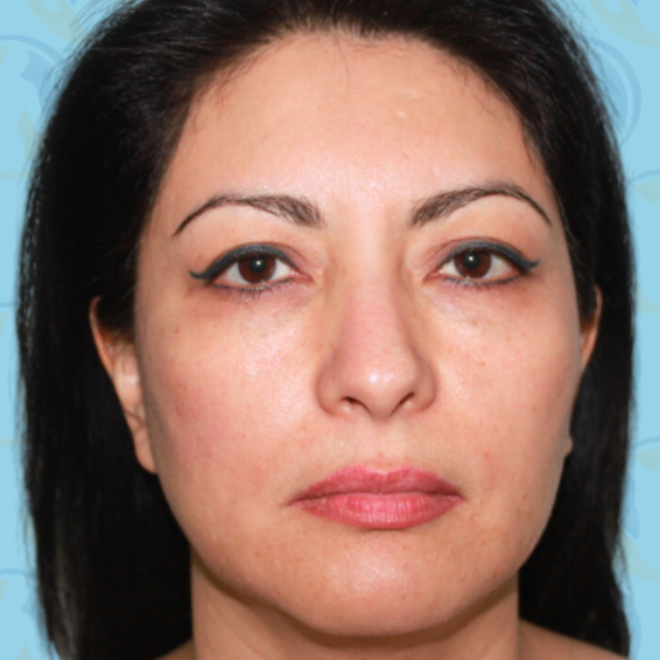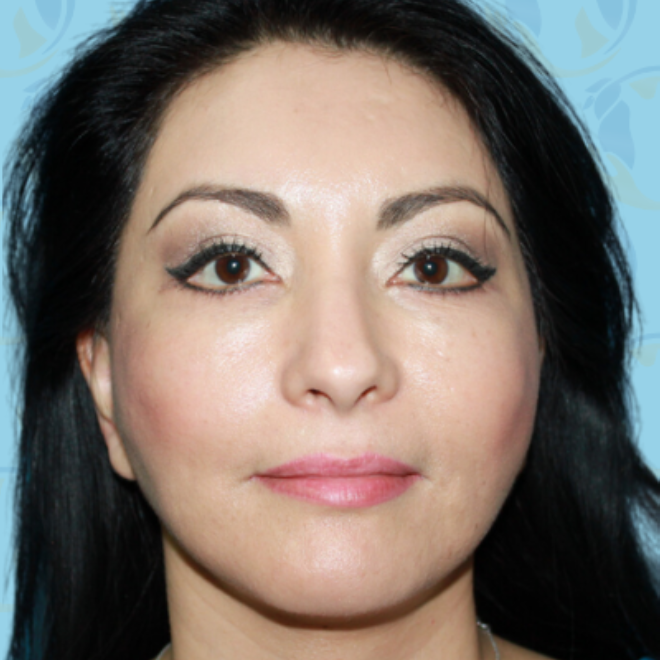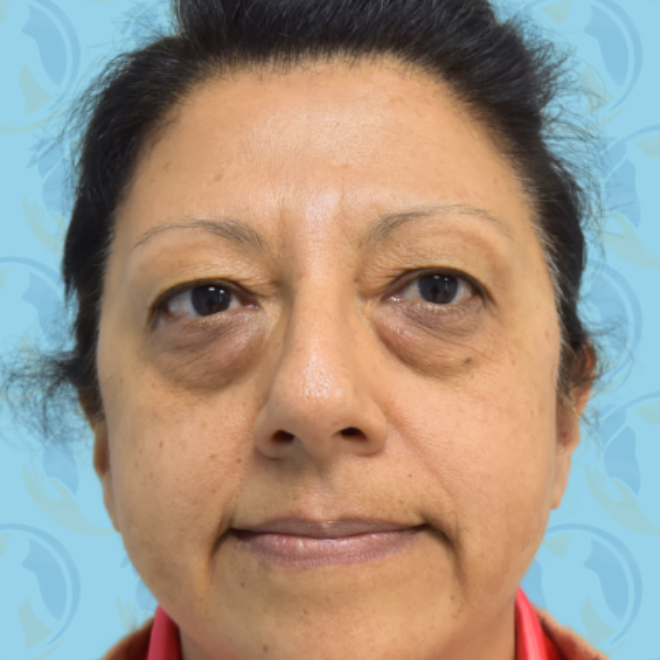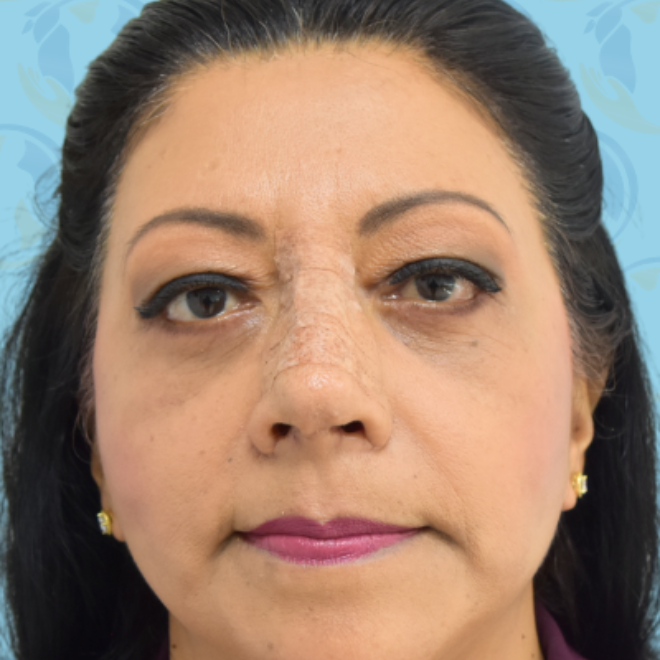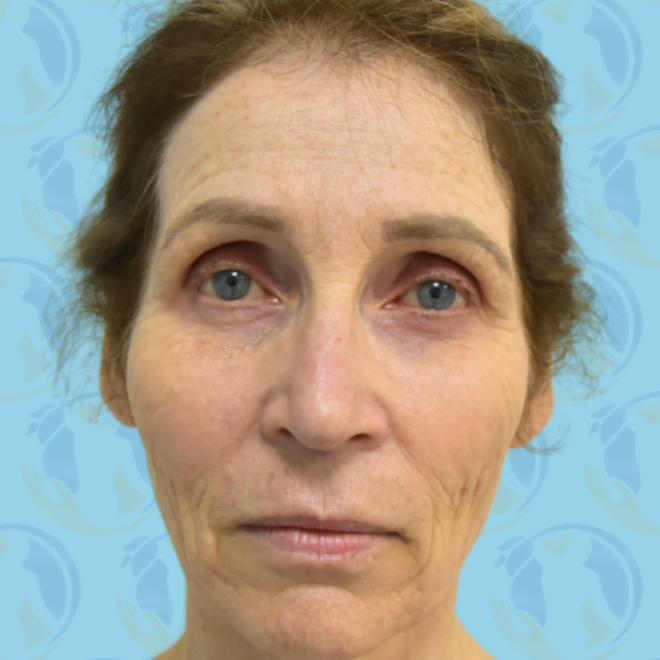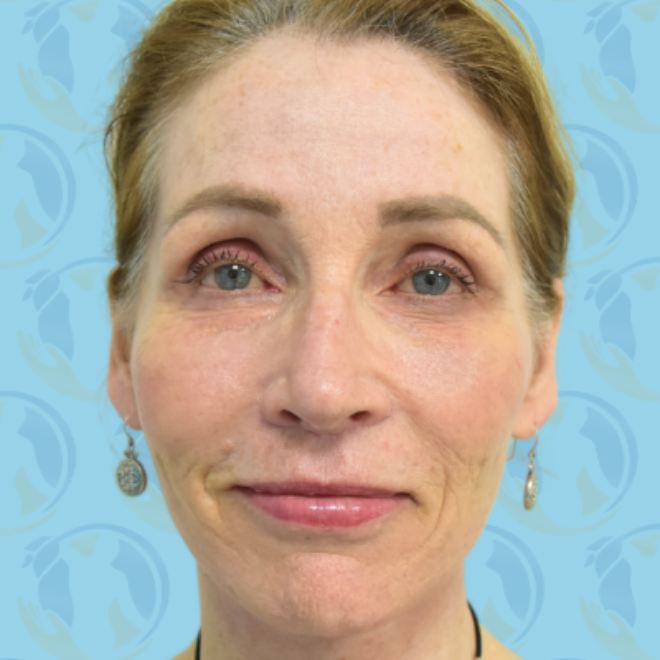FAQ

Do you have any questions?… It’s pretty normal to have questions related to plastic surgery and aesthetic procedures, even when you’re only starting to think about it! Dr. Manuel Gutierrez and his certified team have the answer to the most frequently asked questions from their patients. Their answers may help reduce the anxiety and concerns generated from plastic surgery.
Here you will find the answers of many general doubts, traveling to Mexico specifications, and the process involved with plastic surgery. We encourage you to read this information and contact us to schedule a consultation so we can answer any further questions.
Contents
- 1 Plastic Surgery
- 1.1 What is Cosmetic Surgery
- 1.2 How many people undergo Cosmetic Surgery each year?
- 1.3 At what age do most people have Cosmetic Surgery?
- 1.4 How many men have Cosmetic Surgery?
- 1.5 What are the most popular procedures for men?
- 1.6 What is the recovery from cosmetic surgery like?
- 1.7 How do I know what size breast implant is right for me?
- 1.8 What is the current medical consensus regarding the safety of silicone Breast Implants?
- 1.9 Is Botulinum Toxin dangerous?
- 1.10 Is there a right age to undergo Plastic Surgery?
- 1.11 Is Plastic Surgery dangerous?
- 1.12 Do you need Anesthesia for Plastic Surgery?
- 1.13 How many procedures can I have at the same time?
- 1.14 How soon can i go to work ?
- 2 Facelift
- 2.1 When is the best time to have a facelift?
- 2.2 Do I need a brow lift or upper eyelids?
- 2.3 How long does it take to recover after a facelift, and what can I do to recover faster?
- 2.4 Will my face change a lot? Will I look like myself? Will I end up with oriental eyes? Will I have a fish mouth? Will it be drastic? How many years will I look younger?
- 2.5 How much pain can I expect?
- 2.6 How much pain can I expect?
- 2.7 When will the stitches be removed?
- 3 Traveling to Mexico
- 4 Process
Plastic Surgery
What is Cosmetic Surgery
Cosmetic Surgery is a subspecialty of medicine and Surgery that uniquely restricts itself to the enhancement of appearance through surgical and medical techniques. It is specifically concerned with maintaining normal appearance, restoring it, or enhancing it beyond the average level toward some aesthetic ideal. Cosmetic Surgery is a multi-disciplinary and comprehensive approach directed to all areas of the head, neck and body.
Special skill and knowledge are essential and specialists in Cosmetic Surgery are competent in the anatomy, physiology, pathology and basics sciences. The educational profile of this specialty is unique in that it begins with a fully trained and certified surgeon. Through continued post-residency education training, and experience, Cosmetic Surgery is taught and learned across traditional disciplinary boundaries. The subspecialty fully incorporates the participation and knowledge from all contributing disciplines to attain a high level of skill and understanding. Contributing disciplines include Dermatologic Surgery, Facial Plastic Surgery, General Surgery, Plastic Surgery, Otolaryngology, Oculoplastic Surgery, Oral-maxillofacial Surgery and others.
The Cosmetic Surgeon offers specialized expertise in patient education and counseling, procedural skills, and the early recognition and treatment of complications. As a specialty, Cosmetic Surgeons have enhanced the knowledge and training of fellow physicians and directly benefited society through educational publications, scientific journals and in the development of safe and innovative techniques. Competency in Cosmetic Surgery implies a combination of knowledge, surgical judgment, technical expertise and ethics in order to achieve the goal of providing aesthetic improvement.
How many people undergo Cosmetic Surgery each year?
According to ISAPS Statistics, there were more than 21 million surgical and nonsurgical cosmetic procedures performed worldwide in 2015, an increase of over 1 million reported cosmetic procedures from 2014.
At what age do most people have Cosmetic Surgery?
The average age of patients receiving Cosmetic Surgery is 41. Treatments such as Breast Augmentation, Liposuction, Rhinoplasty and Dermabrasion are common among younger patients while procedures including Blepharoplasty, Breast Lift, Facelift and Botulinum Toxin are more commonly sought after by older patients.
How many men have Cosmetic Surgery?
Men had more than 3 million surgical and nonsurgical procedures, 14.4% of the total. The number gets larger each year as men grow increasingly comfortable with the concept of Cosmetic Surgery for themselves.
What are the most popular procedures for men?
The top five surgical procedures performed on men in 2015 were: Eyelid Surgery, Liposuction, Gynecomastia, Rhinoplasty, Fat Grafting and Ear Surgery. Other popular procedures for men in our practice include: Botox, Hair Transplantation/restoration, Chemical Peel & Microdermabrasion.
What is the recovery from cosmetic surgery like?
Each patient tolerates pain after surgery in different ways. Your surgeon will prescribe the appropriate pain medications to help minimize any discomfort. In general, most facial cosmetic operations have minimal discomfort post-operatively. Liposuction is slightly more uncomfortable, and operations that require elevation or tightening of the muscles-such as an abdominoplasty or breast augmentation can cause discomfort equal to a C-section.
How do I know what size breast implant is right for me?
The decision is based on a number of factors, including the patient’s desires, reasons for the surgery and overall health.
What is the current medical consensus regarding the safety of silicone Breast Implants?
The American Academy of Cosmetic Surgery and other medical associations have put forth a great deal of research on the safety of silicone breast implants. Recently, the National Academy of Sciences’ Institute of Medicine came to the following conclusions based on new studies on silicone breast implant safety:
• There is no evidence suggesting silicone used for Breast Implants are toxic to humans.
• There is no established link between implants and a unique disease syndrome. Problems ascribed to implants generally involve symptoms that are nonspecific and common to the general population.
• Breast Cancer mortality is not higher in women who have implants. However, the presence of implants can make it difficult to detect cancer through mammography.
• Women with Breast Implants are no more likely than the rest of the population to develop serious illnesses.
Is Botulinum Toxin dangerous?
Even though Botulinum Toxin is a formulation of botulinum toxin type A, it is sterilized and purified for medical applications. Since Botulinum Toxin treatments are a non-surgical procedure, the risks and possible complications are infrequent, minimal and temporary. The most common reported side-effects are headaches, respiratory infection, flu syndrome, temporary eye-lid droop, and nausea.
Is there a right age to undergo Plastic Surgery?
This depends on the procedure and is determined on a case-by-case basis. Certain reconstructive surgery procedures have been performed on patients of all ages, while certain procedures are recommended for more mature patients. Consult with your Plastic surgeon to determine if you are a qualified candidate for the procedure you are considering.
Is Plastic Surgery dangerous?
There is always the risk of complications occurring during the operation and even after the operation. Each individual procedure has its share of risks. The risk is greater for individuals with medical problems such as diabetes, significant heart or lung disease, poor blood circulation, or those who have recently had surgery near the area to be treated.
Complications can be reduced significantly by choosing the right doctor. If you have any questions or concerns about the procedure you are considering, please share these feelings with your surgeon.
Do you need Anesthesia for Plastic Surgery?
Almost all Plastic Surgery procedures require some form of anesthesia. Check with your Plastic Surgeon as to which anesthesia he or she will use during your operation.
How many procedures can I have at the same time?
Multiple procedures are done at the surgeon’s discretion. Having multiple procedures performed at the same time is less expensive than having them performed individually. The benefit of doing multiple areas at one time is that you take advantage of the operating room. You have already paid for the anesthesia and hospital fees. Having the procedure performed separately means you have to pay for these expenses again. Also, doing all the procedures at one time can allow you to only have to take one vacation from work for recovery. However, there is increased risk of complications. For example, by having multiple procedures performed, the patient risks having a prolonged exposure to general anesthesia. Consult with your surgeon if you are considering having multiple procedures.
How soon can i go to work ?
When you will feel ready to do your job is highly individualized. So long as your work doesn’t involve straining and heavy lifting, you can expect to be back to work after three or four days. Some people go back even sooner, and many work from home the next day.
Facelift
When is the best time to have a facelift?
This is a common question among patients looking into having a facelift. Usually, these patients are in their mid-forties and early fifties.
Where family and friends may comment, “You look very good, you don’t need it!”
One of the main justifications is: Patients wake up in the morning after a good night’s sleep, look at themselves in the mirror, and notice they look tired, not fresh, not rested!
Brows are drooping down, the volume of the cheekbones drops down, increasing the nasolabial fold, marionette lines, presence of the jowls, loose neck, some bags under the eyelids, deflation of the lips, and possible vertical lines around the mouth!
This procedure can range in age from 25 to 85 years old. Some patients are born with genetically lax skin or have had massive weight loss that makes them have loose skin at a premature age.
Do I need a brow lift or upper eyelids?
This is a very common question for patients whose eyes look droopy. Most patients request upper eyelid surgery, but if they go back to a picture of themselves in their 20s and 30s, they can compare the position of their brows when they were younger.
If they clearly see the position of the brow lower, bingo, they need a brow lift!
If they had heavy puffy eyelids in their youth, they need upper eyelid surgery.
It is also common to combine both procedures.
How long does it take to recover after a facelift, and what can I do to recover faster?
In the best scenario, patients can go back to work and public life in 2.5 to 3 weeks.
They can resume working out in 4 to 6 weeks gradually.
They can expect the remaining stiffness and swelling to subside after 3 to 4 months. It goes hand in hand with the reconnection of lymphatic drainage.
Before the surgery, patients have to stop taking any potential medication that can cause more bleeding during the surgery. We recommend stopping 2 weeks prior: Aspirin, multivitamins, Motrin, ibuprofen, ginger, ginkgo biloba, ginseng, green tea.
It is recommended to take in advance arnica, bromelain, and vitamin C up to 1 week prior. The first day of the operation, patients are recommended to apply ice all over the face to prevent swelling from day 1, and continue for the first 7 to 10 days!
Sleep with your head elevated at 45 degrees, minimal bending over, and definitely no workouts for 4 weeks. For males, it is recommended they don’t take Viagra or Cialis for 2 weeks.
Patients can take a shower every day starting the day after surgery, ensuring the wounds have no scabs.
On average, the worst day of swelling is day 3 to 4, but it has to be symmetrical. If one side swells more than the other, it could be a blood collection—call your doctor!
Another sign of alert can be increased pain!
Diet restrictions vary from very hot meals in temperature to very hard meals to chew.
It is recommended to drink sufficient fluids to prevent constipation and reduce the risk of blood clots!
Will my face change a lot? Will I look like myself? Will I end up with oriental eyes? Will I have a fish mouth? Will it be drastic? How many years will I look younger?
All of these questions are very common for every patient considering a facelift.
The reality is that we all have seen bad results of facelifts, even in celebrities, which is a major concern for any patient!
In the end, it is the experience of the surgeon, the placement of the scars, the techniques he uses, and the artistic skills he has developed in his career.
It is very well known that a deep tissue facelift will reposition the drooping effect on the muscular system on the cheek and neck, so doctors don’t have to pull the skin aggressively.
Also, the volume on the cheekbones can be discussed, with the overlap of the muscles increasing the volume, but some patients don’t like it!
On the brow lift, a common mistake is to elevate the center of the brow, giving patients a surprised look! If the doctor only elevates the corner, it will give an open, fresh look!
How much pain can I expect?
There is no other area of our body that can combine so many additional procedures and variations:
We will try to mention some for basic information, but the list can be quite extensive.
On the forehead:
Brow lift
Forehead reduction
Botox for frown and horizontal lines
Clip of the muscles to permanently stop frown lines
Shave the bone in the brow area
Cat eye temporal extension
Cheeks:
Cheek lift
Intraoral cheek lift
Nasolabial fold: fillers, fat transfer, silicone implants, cost of the deep crease
Buccal fat removal
Intraoral excess of mucosa removal
On lips:
Lip lift
Fat transfer
Hyaluronic acid fillers
Lip reduction
Implants:
Chin implants
Cheekbone implants
Nasolabial fold implant
Mandibular angle implants
Neck:
Liposuction
Muscle plication
Adam’s apple shave
Submandibular glandular resection
Skin resurfacing with:
Chemical peeling
Laser CO2
Dermabrasion
Also, rhinoplasty and upper and lower eyelids.
As I mentioned, the list can be very long. The idea is to spend quality time with our patients, identify their particular needs, and develop a customized plan!
Always looking for the best natural result!
It is also important to offer gradual, subtle changes!
How much pain can I expect?
Facial surgery is considered a very low-pain surgery. Patients are expected to experience pressure, tightness, and maybe a light headache. This will be more prominent in the first 3 days, but any regular pain relief medication will be sufficient.
It is very related to the amount of swelling, so patients are recommended to apply ice all over the face to reduce and diminish swelling.
It is also a good idea to take sleep aid medication for the first week.
When will the stitches be removed?
Facelift techniques are evolving constantly. In recent years, new techniques have appeared where instead of using drains, the surgeon can place multiple sutures on the cheek and neck.
The idea is to attach the skin that has been separated, minimizing the possibility of bleeding, hematoma, and fluid collection. This helps patients recover faster and reduce swelling.
These sutures are removed on the 4th day, and the rest of the sutures are removed after 7 days.
Traveling to Mexico
What type of documentation do I need to travel Tijuana?
If you’re traveling from US to Tijuana Mexico you’ll only need an original birth certificate, a driver’s license or State ID as a proof of citizenship. (A copy of these documents is not recommended, you might have to go through secondary inspection)
What do I need to bring with me for Plastic Surgery?
Dr. Manuel Gutierrez recommends to travel light for plastic surgery, you will only need to bring your personal hygiene items and comfortable clothes (sweatpants, loose clothing, sneakers…) for the number of days you’re staying. You won’t need other special items to stay in the Clinic during the plastic surgery process and recovery.
Note: According to the type of surgery you may need a special garment or shapewear, you can buy these with Dr. Manuel Gutierrez and his team or other place of your preference.
Do I need to arrange transportation?
No, Dr. Manuel Gutierrez and his team will take care of the transportation… Some of your personal information, such as: name, flight information and phone number will be provided to the driver to pick you up at the San Diego airport and drive you to Dr. Manuel Gutierrez facilities. If you decides to stay/rent a hotel room during the process, the driver will pick you up from the facilities and drive you to and from your hotel if you need to come back to the clinic. Also you’ll be driven back to the airport after the procedure to for your flight back home.
Process
How do I book a Consultation for plastic surgery with Dr. Manuel Gutierrez?
You can do it by phone, or here in this website. Fill the form that is located in the home/main page of this site with your personal information. During a period of less than 48 hours Dr. Manuel Gutierrez’s staff is going to get in contact with you to schedule an appointment. Note: It’s highly recommended to send pictures, comments and expectations by email to analyze and provide a personalized consultation to identify and understand your needs. Dr. Manuel Gutierrez will guide you through the pre-operative guidelines. Also it’s very important to send or inform the surgeon about possible health conditions and prior medical studies to conduct a safer and successful plastic surgery.
What happens if I bring a companion with me?
Dr. Manuel Gutierrez and his team understand that this is a very important decision and you may need some help and support from a family member or friend… Only one companion can stay with you in the facilities during the process.
What happens right after the Operating Room?
Once the surgery is over, you’ll be taken to the recovery room to rest. After a short period of hours, you’ll be transferred to a personal room where you’ll be taking care by Dr. Gutierrez staff of nurses. During your recovery Dr. Manuel Gutierrez team will provide personalized care, meals only for the patient and a 24/7 monitoring. Also Dr. Gutierrez will personally check on the patient one day after surgery.
Will I need a prescription after Plastic Surgery?
Before going back to your home town, you will be provided with post-op guidelines, instructions, prescriptions, medications, special garments and shapewear according to the specific surgery.
Do I need to go back to the Clinic after plastic surgery?
Dr. Manuel Gutierrez staff will book your next appointment for the follow up of the surgery; if you’re in Tijuana for the next appointment, Dr. Gutierrez or his team will remove drainage or stitches… Patients that aren’t able to visit the clinic again need to notify and contact their primary care physician to perform the procedures after surgery (Remove drainage, stitches, other…).




